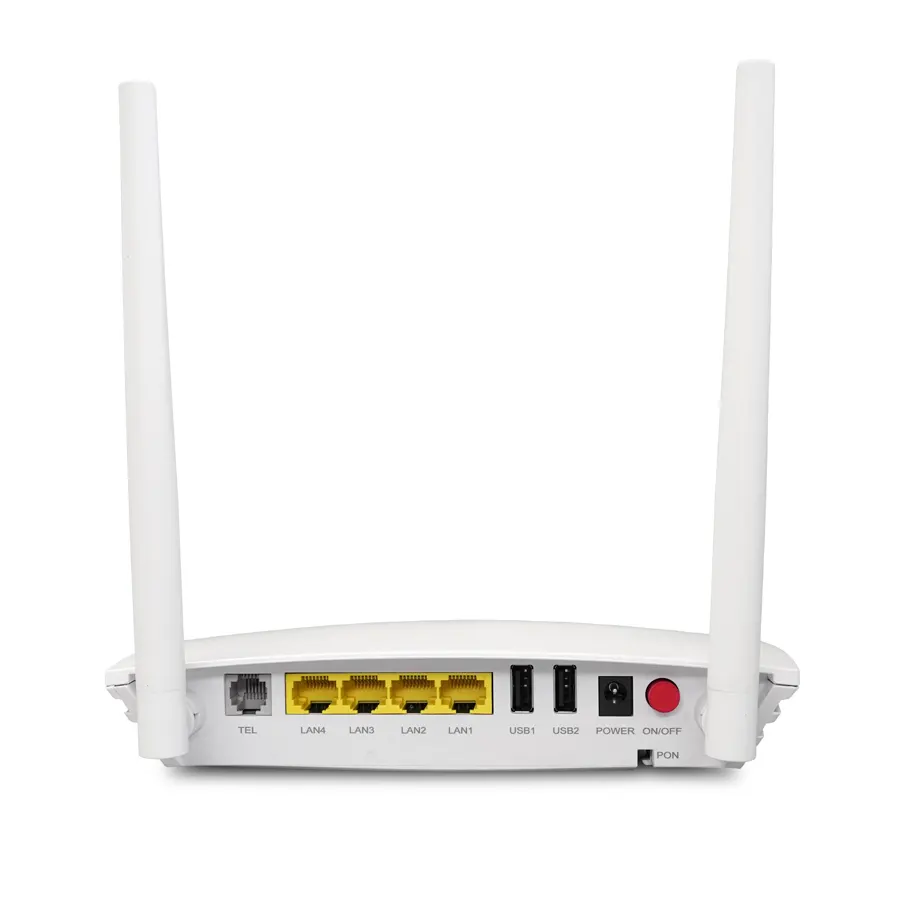In today’s fast-paced business environment, reliable connectivity and efficient bandwidth allocation are critical for productivity. Enterprise routers equipped with seamless Wi-Fi and bandwidth control capabilities empower organizations to maintain high-performance networks while prioritizing critical operations.
Why Seamless Wi-Fi Matters for Enterprises
Modern enterprise routers leverage technologies like MU-MIMO (Multi-User, Multiple-Input, Multiple-Output) and beamforming to deliver uninterrupted Wi-Fi coverage across large offices or campuses. Seamless roaming ensures devices stay connected without drops, even as users move between access points. This is vital for industries relying on real-time communication, IoT devices, or cloud-based workflows.

Bandwidth Control: Balancing Speed and Priorities
Without proper bandwidth management, network congestion can cripple business operations. Enterprise routers with Quality of Service (QoS) settings allow IT teams to allocate bandwidth to mission-critical applications (e.g., video conferencing, VoIP) while limiting non-essential traffic (e.g., streaming). Advanced routers even offer AI-driven traffic analysis to dynamically adjust priorities based on usage patterns.
Key Features to Look For
- Dual-Band or Tri-Band Support: Reduces interference and optimizes speeds.
- Cloud-Based Management: Enables remote monitoring and adjustments.
- Scalability: Supports adding access points as businesses grow.
- Security Protocols: WPA3 encryption and firewall protections safeguard sensitive data.
Future-Proofing Your Network
As hybrid work and IoT adoption rise, investing in enterprise routers with seamless Wi-Fi 6/6E compatibility and granular bandwidth control ensures long-term adaptability. These routers not only enhance productivity but also reduce IT overhead through automated optimizations.
Conclusion
Enterprise routers with seamless Wi-Fi and intelligent bandwidth control are no longer optional—they’re essential for maintaining competitive edge. By prioritizing scalability, security, and smart traffic management, businesses can build resilient networks ready for tomorrow’s challenges.
